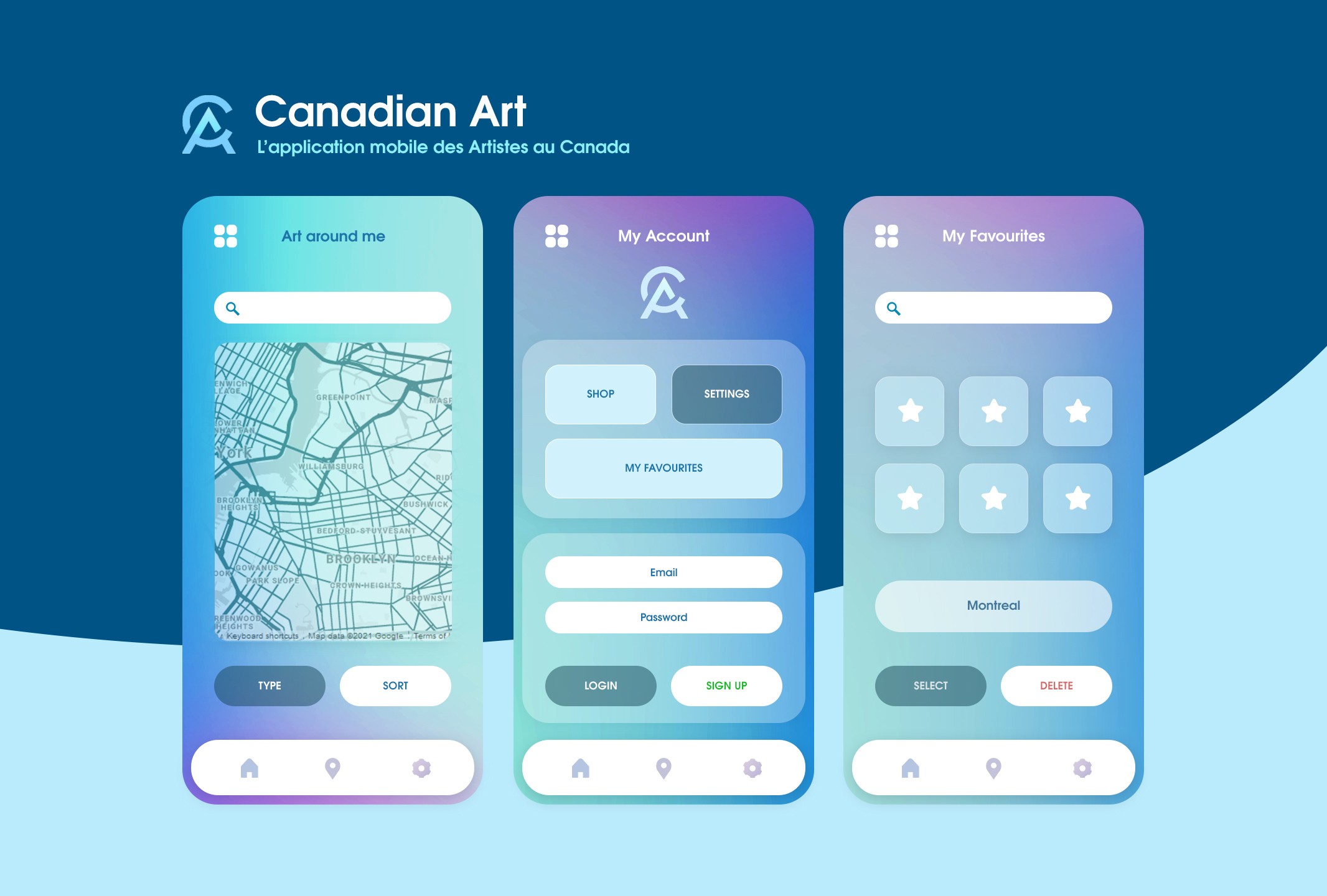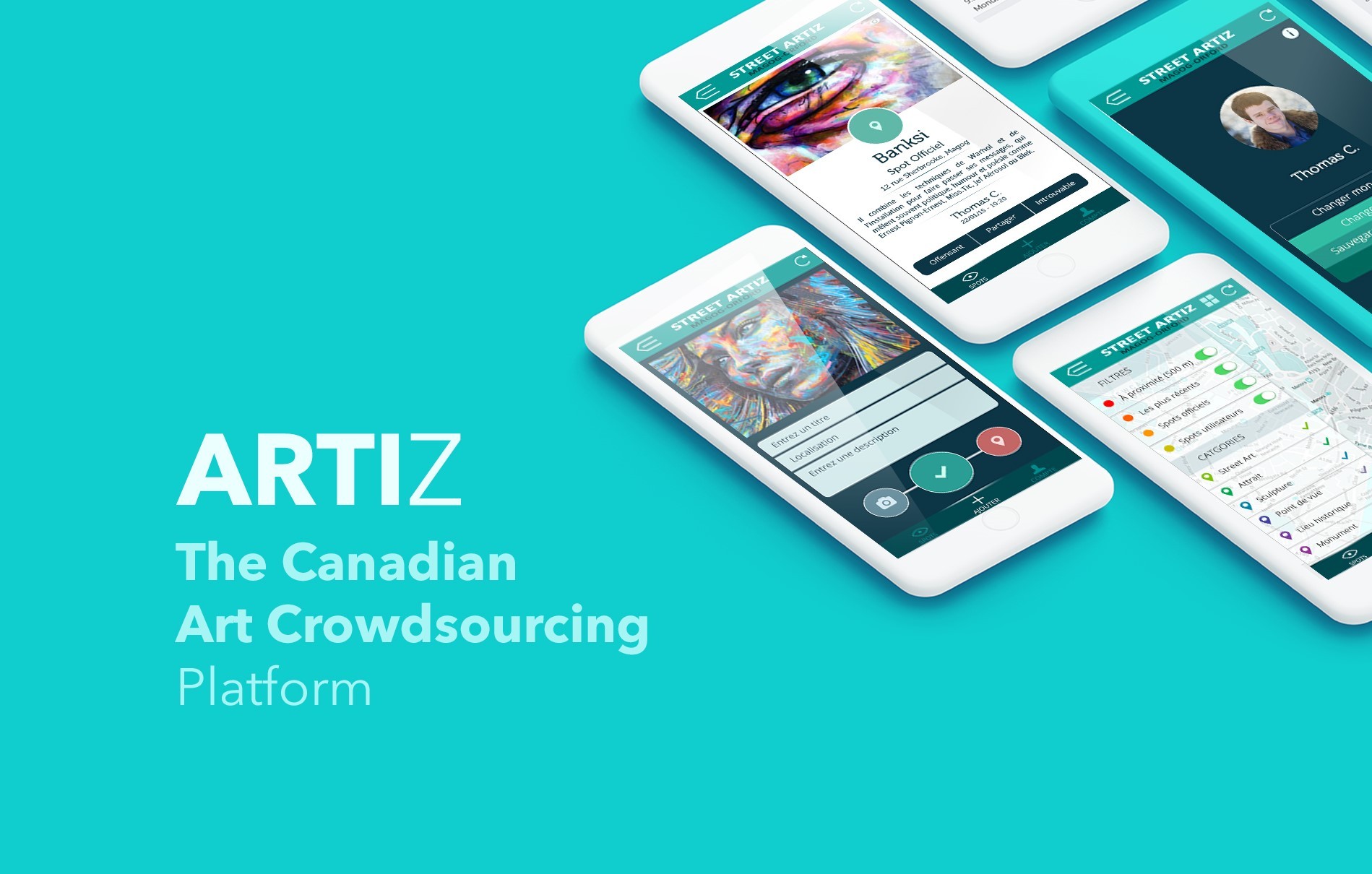Canadian Art is an innovative platform designed to bring the art scene across Canada to life by allowing users to discover and engage with artworks, street art, and artists themselves through a dynamic, interactive map. Whether located in museums, galleries, or temporary exhibits, each piece and artist can be pinpointed and explored, making art accessible in a uniquely engaging way. By connecting users directly to the country’s diverse artistic landscape, Canadian Art fosters a deeper appreciation of Canada’s cultural heritage and contemporary art movements. This project goes beyond a simple directory—it creates an active community of artists, curators, and art lovers who can share their experiences, insights, and creativity.
<br>
At the core of Canadian Art is an interactive mapping feature that allows users to geolocate art pieces and artists across the nation. This feature was developed to offer a seamless user experience, enabling users to filter searches based on criteria such as art style, artist, and location. From renowned museum pieces to hidden street art, the platform opens up the entire art landscape, making it easy for art enthusiasts to plan visits or discover unexpected gems in their vicinity. This functionality was carefully designed to cater to both locals and tourists, offering an intuitive, enjoyable experience for anyone interested in exploring Canada’s artistic culture.
<br>
One of the platform’s standout features is its ability to foster community in the style of a social network. By enabling artists to create profiles, share their work, and connect with admirers, Canadian Art acts as a bridge between creators and their audiences. Artists can showcase their portfolios, highlight upcoming exhibitions, and engage with followers who are interested in their journey. This community-building aspect transforms Canadian Art from a passive directory into an interactive hub where art is not just observed but actively discussed and celebrated. Through comments, likes, and direct messaging, users are able to communicate directly with artists and fellow art lovers, creating a vibrant network of people passionate about the arts.
<br>
My role in this project involved extensive planning and development to ensure that both the technical and aesthetic components aligned with the platform’s vision. From a design perspective, I worked on creating an engaging and visually pleasing UI that would appeal to artists and art enthusiasts alike. The color scheme, typography, and layout were all chosen to reflect an appreciation for art, while the interface was designed for ease of navigation. Balancing aesthetics with functionality was crucial to make the platform not only attractive but also user-friendly. I also integrated customizable profile pages for artists, allowing them to showcase their works, biographies, and achievements, thereby building a professional yet personal connection with their audience.
<br>
On the technical side, the development of the interactive map posed a significant challenge, as it required handling vast amounts of location-based data without sacrificing performance. I implemented geolocation APIs to power real-time map updates, enabling users to browse artworks and artists with precision and ease. To manage this large dataset efficiently, I utilized a caching mechanism and optimized data retrieval methods, ensuring that the platform remained responsive, even as the database grew. Additionally, each map entry includes detailed information about the artwork or artist, including photos, descriptions, and user-generated reviews, enriching the user experience and making each exploration feel personalized.


